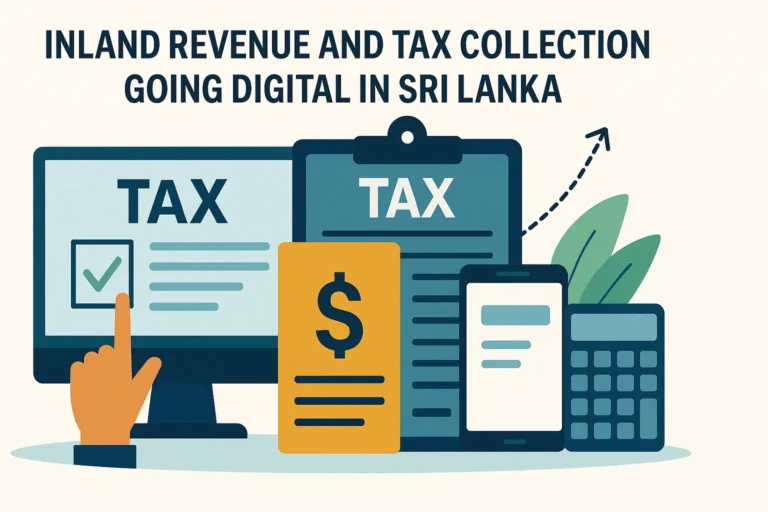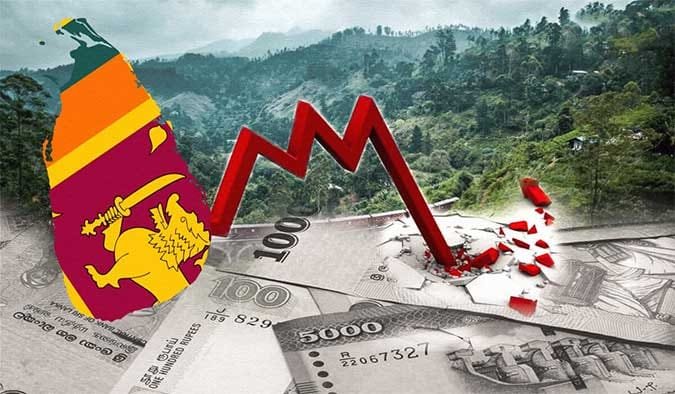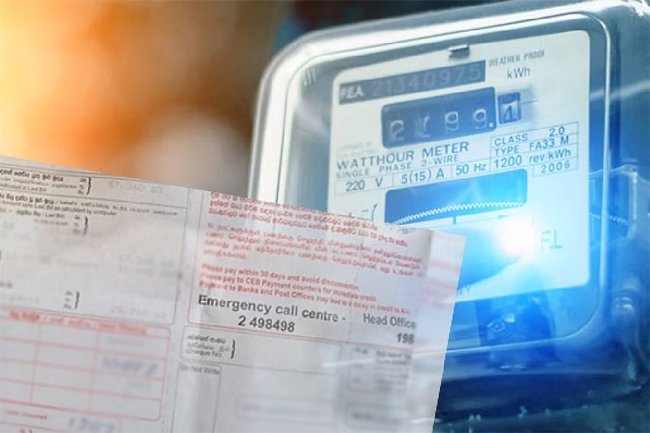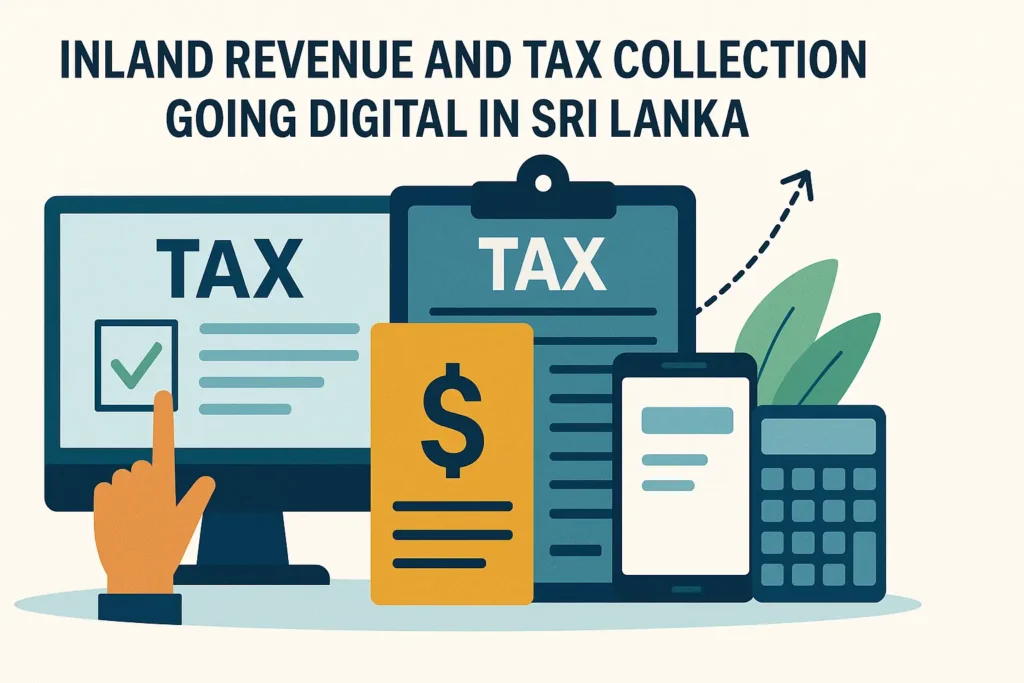Sri Lanka, an island nation renowned for its rich history and breathtaking landscapes, has recently made headlines not just for its tourism but for its impressive strides toward economic recovery. The nation’s journey to economic stability has been marked by a series of robust negotiations with sovereign bond debtors and other creditors, showcasing a strategic approach to debt management and economic revival.
The Economic Crisis: A Recap
In recent years, Sri Lanka faced a severe economic crisis characterized by rising debt levels, depreciating currency, and dwindling foreign reserves. The situation was exacerbated by the COVID-19 pandemic, which crippled key revenue-generating sectors such as tourism and exports. The country found itself in a precarious position, with substantial sovereign bond repayments looming and limited resources to meet these obligations.
Strategic Debt Negotiations
Recognizing the urgency of the situation, Sri Lankan authorities embarked on a mission to renegotiate terms with their creditors. This strategy was twofold: securing immediate relief to manage the cash flow crisis and setting a sustainable path for long-term economic recovery.
Engagement with Sovereign Bond Holders
Sri Lanka’s primary focus was on renegotiating terms with sovereign bondholders. These negotiations were delicate, requiring a balance between securing favorable terms and maintaining investor confidence. Through transparent dialogue and presenting a clear recovery plan, Sri Lanka managed to secure extended repayment terms and lower interest rates. This move provided the much-needed breathing space for the country to stabilize its finances without defaulting.
Bilateral and Multilateral Debt Restructuring
In addition to sovereign bondholders, Sri Lanka engaged with bilateral and multilateral creditors. These included major lending countries and international financial institutions such as the International Monetary Fund (IMF) and the World Bank. The discussions led to rescheduled payments and new financial assistance programs aimed at supporting economic reforms and stimulating growth.
The Impact of Robust Negotiations
The successful debt negotiations have had a profound impact on Sri Lanka’s economic landscape. Here are a few key outcomes:
Stabilization of Foreign Reserves
By securing extended repayment periods and lower interest rates, Sri Lanka managed to stabilize its foreign reserves. This stabilization was crucial in restoring confidence among international investors and trading partners.
Strengthening the Currency
The negotiations also played a vital role in curbing the depreciation of the Sri Lankan Rupee. With a clearer debt repayment plan and improved investor sentiment, the currency began to stabilize, reducing inflationary pressures on the economy.

Enhanced Fiscal Space for Development
With immediate debt repayment pressures alleviated, the government could redirect funds towards critical development projects. Investments in infrastructure, healthcare, and education received a boost, laying the foundation for sustainable long-term growth.
Improved Investor Confidence
The transparent and proactive approach in dealing with the debt crisis significantly improved investor confidence. This newfound confidence was evident in the resumption of foreign direct investments and increased interest in Sri Lankan bonds and equities.
A Roadmap to Sustainable Growth
While the debt negotiations have provided immediate relief, Sri Lanka’s path to sustained economic recovery involves comprehensive reforms. The government has outlined a roadmap focusing on:
- Diversifying the Economy: Reducing dependence on a few key sectors and promoting growth in areas such as technology, manufacturing, and green energy.
- Enhancing Export Competitiveness: Implementing policies to boost export-oriented industries, improve trade logistics, and explore new markets.
- Strengthening Governance and Transparency: Ensuring robust governance structures and transparency in financial management to maintain investor confidence and prevent future crises.
- Promoting Sustainable Development: Balancing economic growth with environmental sustainability and social equity to ensure long-term prosperity for all Sri Lankans.
Conclusion
Sri Lanka’s economic recovery, driven by strategic and robust debt negotiations, serves as a powerful example of how nations can navigate through financial crises with resilience and foresight. The successful engagement with creditors has not only provided immediate relief but has also set the stage for sustainable growth and development. As the nation continues on its path to recovery, the lessons learned from this experience will undoubtedly guide future economic policies and strategies, ensuring a stable and prosperous future for Sri Lanka.












